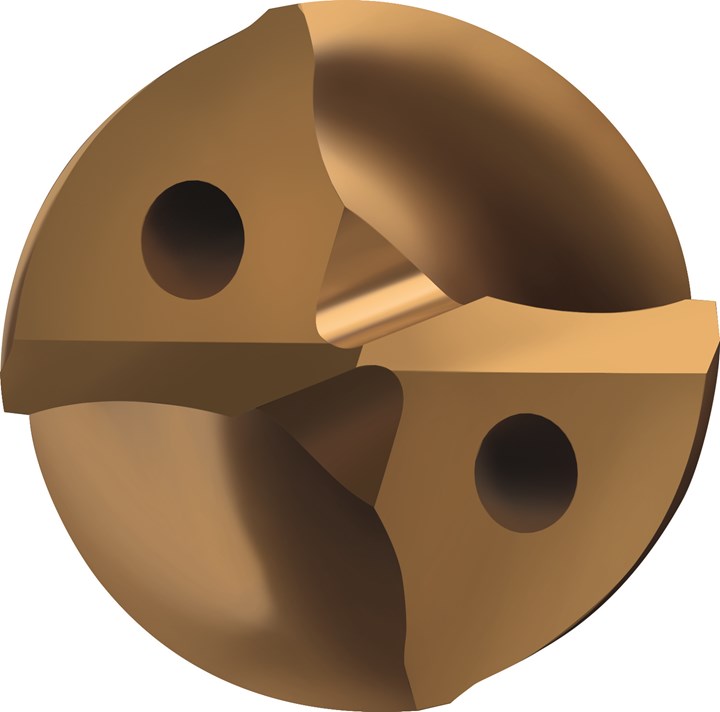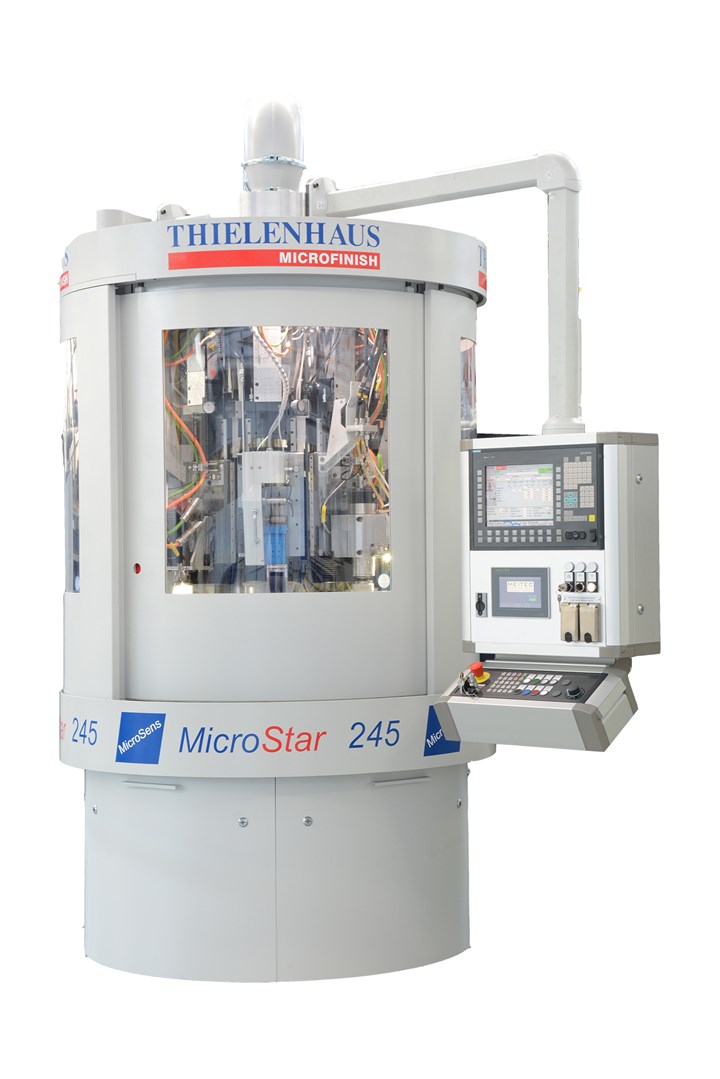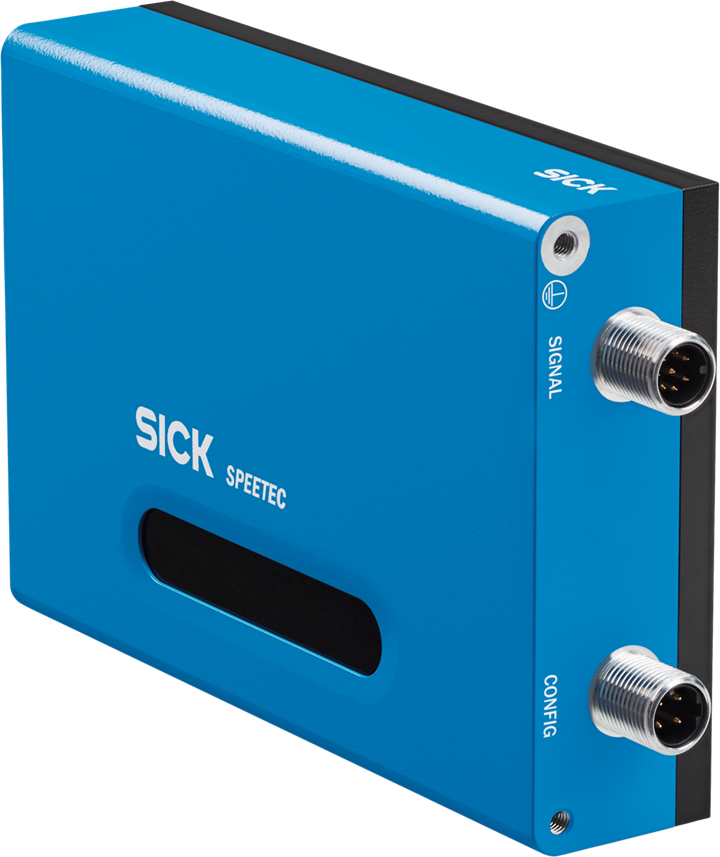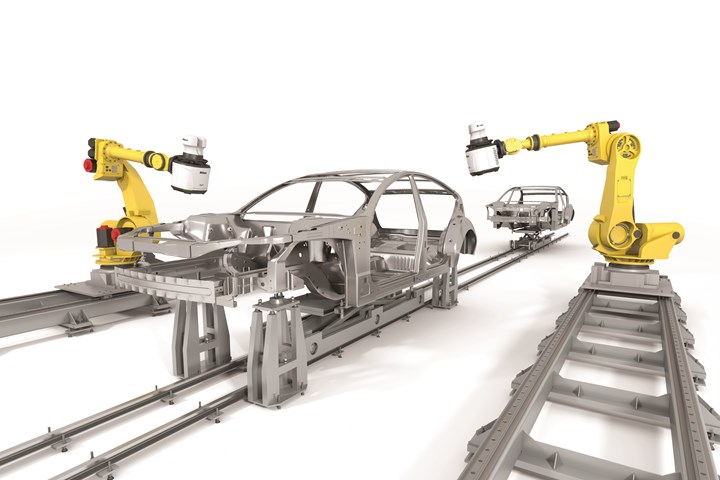Seven Cool Tools: Spindles, Quality & More
Increase operational productivity with these new developments

NSK electric spindle system. (Image: NSK)
NSK Electric Spindle
The iSpeed5 System from NSK America is a 60,000 or 80,000 rpm, 350-W, brushless DC electric system that is engineered for high-speed and micromachining. It is equipped with ultra-precision ceramic bearings that contribute to both high-speed performance and <1-micron TIR spindle accuracy. A dry air purge system facilitates graphite machining and surfacing for mold finishing. Automatic tool change is possible through the use of the iSpeed5 Stop Block, which integrates with the controller.
///
Featured Content

Walter deep-hole drill. (Image: Walter)
Walter Deep-Hole Drills
The X-treme Evo drills from Walter GB offer capacities of 16 to 30 times diameter and allow deep-hole drilling without the need for pecking. The drills have a thinner web and a 140° point angle that ensures positioning accuracy and reduced centralized cutting forces. They also have a fourth land with an “advanced position,” which optimizes drill guidance. The drill materials are new, with a K30F fine-grained substrate and a Ti-Si-Al-Cr-N/Al-Ti-N multilayer coating.
///

Doosan multitasking machine. (Image: Doosan)
Doosan Twin-Spindle Multi-tasker
The PUMA SMX5100L from Doosan Machine Tools is a twin-spindle, multi-tasking turn-mill machine designed to produce complete parts in a single setup. It has a maximum turning diameter of 32.7 inches and a turning length of 120.1 inches. The main turning spindle is 49.6 hp and rotates at 2,400 rpm. The B-axis milling head features a Capto C8 and is powered by a 10,000-rpm 49.6-hp motor.
///

Flat finishing machine from Thielenhaus. (Image: Thielenhaus)
Thielenhaus Flat Finishing Machine
The MicroStar iQ from Thielenhaus Microfinish is a self-regulating flat-finishing machine. It features eight stations. It has a synchronous spindle that can vary and/or oscillate its speeds during the finishing process. A deburring process—called “HyberBrushing”—was developed for the machine. It ensures consistent deburring and is said to be particularly advantageous for workpieces where there are holes in the surface, holes that are used for high-pressure (e.g., 2,000 bar) injection. The machine has a dry ice cleaning station at the end of the process, after which the flatness is measured.
///

Speed and measurement sensor from SICK. (Image: SICK)
SICK Sensor for Speed and Length Measurement
The SPEETEC from SICK is capable of performing non-contact speed and length measurement of objects moving in a linear path, including blanks. It provides an accuracy of 4 μm. It uses class 1 lasers to measure with the Doppler process at speeds up to 10 m/s. There are two laser transmitters, one in the direction in the movement in the material and the other in the opposite direction; as they operate independently, mounting tolerances and waviness can be accommodated.
///

Tool management software from TDM. (Image:TDM Systems)
Tool Management Software from TDM
The TDM and TDM Global Line software from TDM Systems facilitate tooling management. The TDM Global Line 2020 release allows users to tailor their tooling dashboards. There are additional modules including one for NC program management, another for purchase requests that integrate with an ERP system, barcode tool control, and more. The core TDM product includes a Feeds & Speeds Manager that records actual cutting data that can then be compared with the planned values that were programmed.
///

Scanning devices mounted on robot arms. (Image: Nikon Metrology)
Laser Radar Inspection from Nikon
It is called “APDIS” for “Accurate Precision Distance Scanning.” This Nikon Metrology system is based on laser radar. Length measurement accuracies for all models range from 28 μm at 2 meters to 313 μm at 30 meters. The minimum range is 0.5 meters. The compact device can be mounted to a robot. According to Gassan Chamsine, vp of Engineering for Nikon Metrology, “APDIS offers up to 10 times faster measurement with greater precision and accuracy than conventional technologies.”


.jpg;width=70;height=70;mode=crop)



